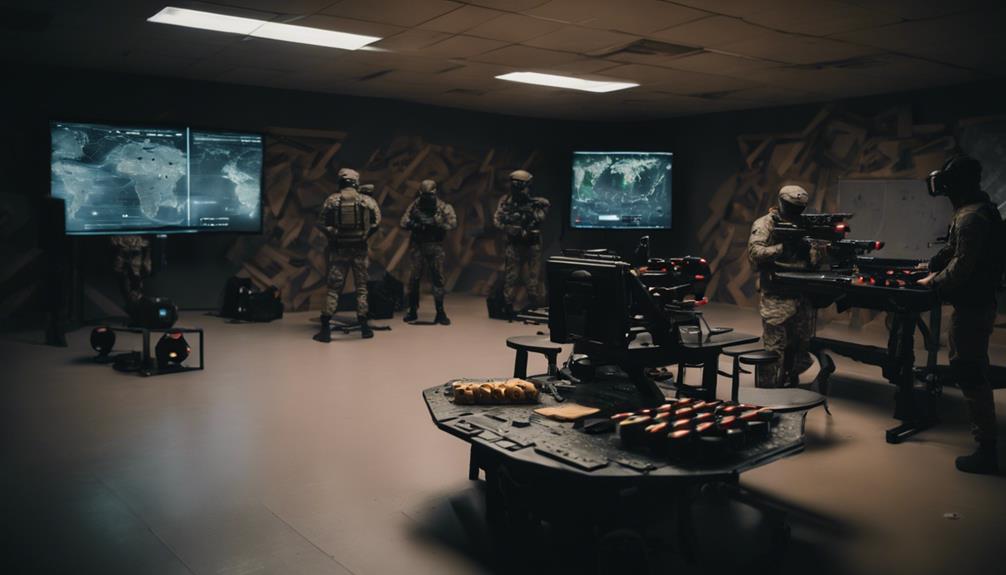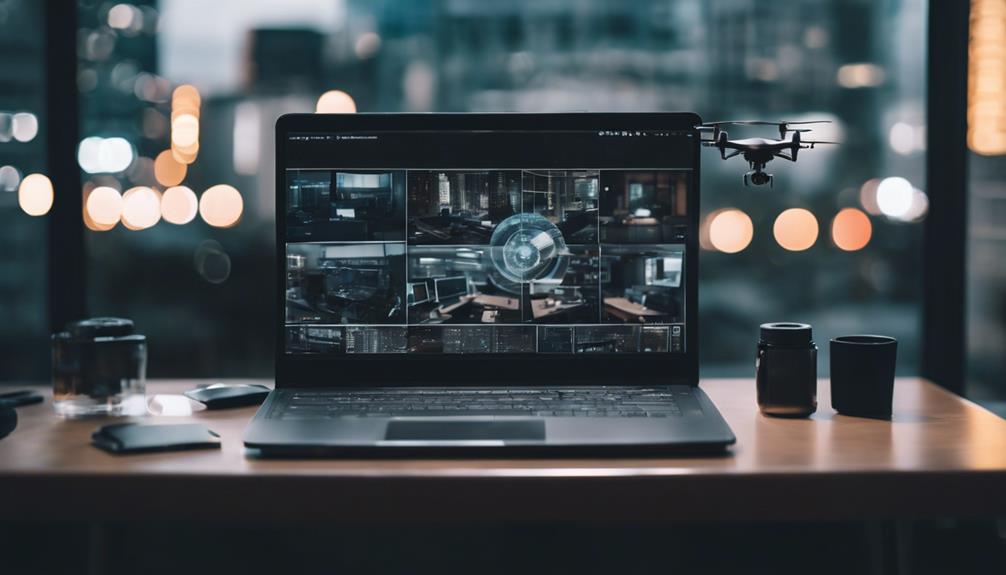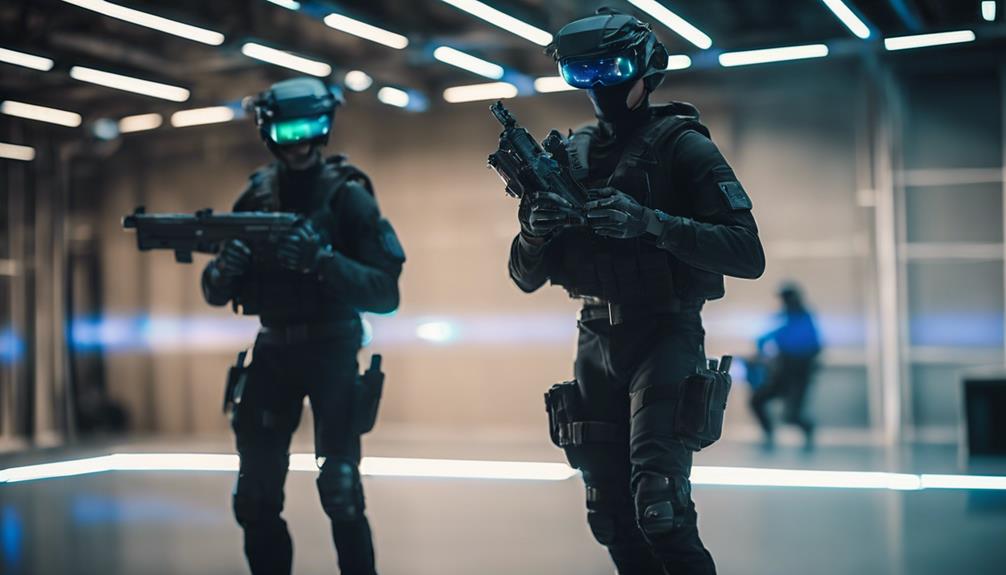
In the world of covert surveillance, a spy camera’s effectiveness heavily relies on its ability to consistently capture high-quality footage without interruptions. One of the most crucial components contributing to this reliability is battery life. Understanding battery life in spy cameras not only ensures that surveillance goes uninterrupted but also enhances the overall functionality of the device, making it a worthy investment for anyone engaged in monitoring activities. This article delves into the intricacies of spy camera battery life, offering insights into how you can optimize performance and maximize your surveillance efforts.
Understanding the Importance of Spy Camera Battery Life
Battery life is paramount for spy cameras, especially when they are deployed in situations where power sources are not readily available. A camera with a short battery life can lead to missed opportunities and incomplete surveillance footage, undermining its intended purpose. Therefore, understanding the expected battery life of your spy camera can help you strategically plan your monitoring, ensuring that critical moments are captured without fail.
Moreover, the length of battery life often influences the choice of a specific camera model. If you require long-duration surveillance, opting for a camera with superior battery longevity is necessary. This decision can dictate the effectiveness of your entire surveillance setup, making it imperative to prioritize battery life when selecting a spy camera.
Common Factors Affecting Battery Performance in Cameras
Several factors can impact the battery performance of a spy camera. One of the most significant is the camera’s resolution and frame rate settings. High-resolution cameras consume more power, especially when recording continuously. Similarly, cameras set to capture high frame rates will drain their batteries much faster than those operating at standard rates. Understanding these settings is crucial for optimizing battery life based on your specific surveillance needs.
Additionally, environmental conditions play a substantial role in battery performance. Extreme temperatures, both hot and cold, can affect the chemical reactions within batteries, leading to reduced efficiency. Similarly, the frequency of use, the duration of recordings, and even features such as infrared night vision can all contribute to battery drain. Being aware of these factors can help users make informed decisions about their camera usage.
How to Optimize Battery Life for Your Spy Camera
Optimizing battery life for your spy camera begins with adjusting the settings to match your surveillance needs. For example, consider lowering the resolution or frame rate when high detail isn’t necessary, as this can significantly prolong battery life. Additionally, using motion detection features instead of continuous recording can conserve energy, allowing the camera to activate only during important events.
Another effective method to optimize battery life is to schedule recording times based on your needs. For instance, if you know you will only need surveillance during specific hours, setting the camera to operate only during those times can prevent unnecessary battery drain. Regularly checking and updating your camera’s firmware can also help, as manufacturers often release updates that improve energy efficiency and overall performance.
Choosing the Right Battery for Your Spy Surveillance Needs
Selecting the appropriate battery for your spy camera is fundamental to ensuring long-lasting performance. Most spy cameras operate on lithium-ion or lithium-polymer batteries, known for their high energy density and longevity. When choosing a battery, consider its capacity (measured in milliamp-hours or mAh); higher capacity batteries will generally provide longer usage times.
Additionally, it’s essential to consider the battery’s compatibility with your camera model. Using non-compatible batteries may not only lead to shorter battery life but can also risk damaging the camera. Always opt for recommended or original batteries from the manufacturer to guarantee optimal performance and reliability.
Signs Your Spy Camera Battery Needs Replacement
Recognizing when it’s time to replace your spy camera’s battery can prevent unexpected downtimes. A common sign is a noticeable decrease in battery life, where the camera requires frequent recharging or fails to hold a charge. If you find that your camera is unable to sustain its operational time as it once did, this may indicate that the battery is nearing the end of its life cycle.
Another indicator is if the camera experiences sporadic shutdowns or fails to power on even when fully charged. Issues such as overheating during operation can also suggest battery problems. It’s crucial to monitor these signs closely and address any battery issues promptly to ensure continued effective surveillance.
Tips for Extending the Battery Life of Your Camera
To maximize battery life, it’s advisable to implement several practical strategies. First, regularly clean the camera and its surroundings to prevent dust and debris from obstructing sensors and affecting performance. A clean lens ensures better image capture, which can help you avoid unnecessary recording time due to poor-quality footage.
Additionally, consider using an external power source, such as a power bank or solar panel, for long-term surveillance scenarios. This can alleviate the need to rely solely on battery power, thus extending the operational duration of your spy camera. By integrating these strategies into your surveillance routine, you can enhance the longevity and reliability of your spy camera’s battery life.
The Role of Battery Quality in Spy Camera Efficiency
The quality of the battery used in a spy camera directly influences its efficiency and overall performance. High-quality batteries are designed to withstand more charge cycles, which means they can be charged and discharged numerous times without significant degradation. Investing in reputable battery brands ensures that your camera will operate effectively for longer periods, reducing the frequency of replacements.
Conversely, low-quality batteries can lead to inefficient operation and increased risk of malfunction. They may not hold a charge well, resulting in inconsistent performance that can hinder your surveillance efforts. Therefore, choosing a reliable battery source is a crucial step in maintaining the effectiveness of your spy camera.
How Weather Conditions Impact Camera Battery Life
Weather conditions can significantly influence the performance of your spy camera’s battery. Cold temperatures can cause lithium-ion batteries to deplete faster, as the chemical reactions that generate energy slow down in extreme cold. Hence, if you’re operating in snowy or icy conditions, be prepared for shorter battery life and consider using insulated covers for protection.
Hot weather can also pose challenges, as excessive heat can lead to battery overheating and possible damage. Keeping the camera shaded or using heat-resistant materials can help mitigate these risks. Being aware of how weather affects battery performance allows for proactive measures to maintain optimal function during varied conditions.
Comparing Rechargeable vs. Disposable Batteries for Cameras
When it comes to powering spy cameras, the choice between rechargeable and disposable batteries can make a significant difference in both convenience and costs. Rechargeable batteries offer the advantage of sustainability and long-term cost savings, as they can be reused indefinitely, provided they are well-maintained. This option is especially beneficial for spy surveillance that requires frequent or prolonged use.
On the other hand, disposable batteries can be advantageous for short-term use, providing a fresh charge without the need for recharging. However, they can accumulate costs over time and contribute to environmental waste. Evaluating your monitoring needs and frequency of use will help determine which battery type aligns best with your surveillance goals.
Best Practices for Maintaining Your Spy Camera’s Battery
To ensure the longevity of your spy camera’s battery, it’s essential to adopt best practices for maintenance. Regularly check battery contacts for corrosion and clean them with a soft cloth to maintain a good connection. Proper storage of batteries when not in use is also critical; keeping them in a cool, dry place can prevent degradation.
Furthermore, avoid fully discharging lithium-ion batteries regularly, as this can shorten their lifespan. Instead, aim to charge them when they reach about 20-30% capacity. By adhering to these maintenance practices, you can optimize your spy camera’s performance and extend its operational lifespan.
In conclusion, understanding and managing the battery life of your spy camera is critical for successful surveillance operations. By considering factors such as battery selection, environmental impacts, and maintenance practices, you can ensure that your camera remains functional when it matters most. Whether it’s optimizing settings or choosing the right type of battery, every decision contributes to the effectiveness and reliability of your spy camera. Prioritizing battery life not only enhances performance but also secures your investment in a device that plays a vital role in modern surveillance.




